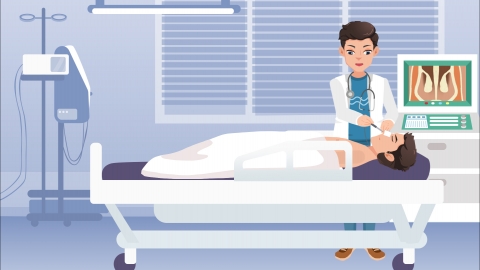How long after rhinoplasty can I sleep on my side?
Generally speaking, the time when one can sleep on their side after rhinoplasty mainly depends on the type of surgery and individual recovery. If the procedure is a simple rhinoplasty such as nasal injection and the patient is in good health with a relatively fast recovery, it usually takes 7-10 days before being able to sleep on one's side. However, if it is a more complex rhinoplasty such as autologous cartilage nasal augmentation, or if the patient has a weaker constitution and slower recovery, it may take 15-30 days before sleeping on one's side becomes feasible. The general reference price for rhinoplasty ranges from 8,000 to 50,000 yuan per session, and noticeable improvements are typically observed after 2-3 months. A detailed explanation is as follows:

For simple procedures like injectable rhinoplasty or implant-based rhinoplasty, the operation is relatively straightforward with minimal trauma, resulting in a shorter postoperative recovery period. If the patient's overall condition is good and there are no significant complications such as infection or hematoma, the nasal tissues typically achieve initial stability within approximately 7-10 days. At this stage, patients can cautiously attempt to sleep on their side, while being careful not to exert excessive pressure on the nose to avoid compromising the surgical outcome.
For more complex procedures such as autologous cartilage rhinoplasty, multiple areas are involved and the trauma is greater, thus requiring a longer recovery period. Such surgeries generally require 15-30 days or even longer for the nasal tissues to fully stabilize. During this time, patients should尽量 avoid sleeping on their side to prevent unnecessary pressure on the nose, which could affect both the surgical results and the healing process.
After rhinoplasty, patients should maintain cleanliness and hygiene of the nose and surrounding skin to prevent infection. The nose can be gently wiped with normal saline or a cleansing solution recommended by the physician, but rubbing or squeezing should be avoided.





